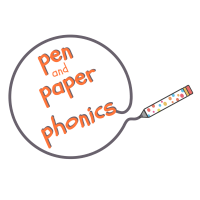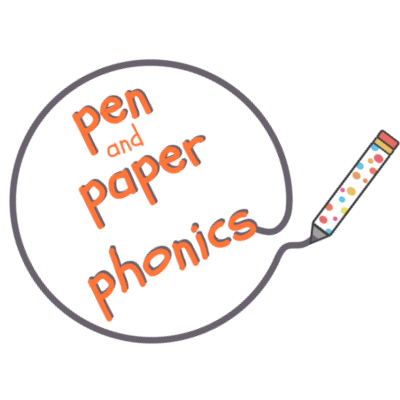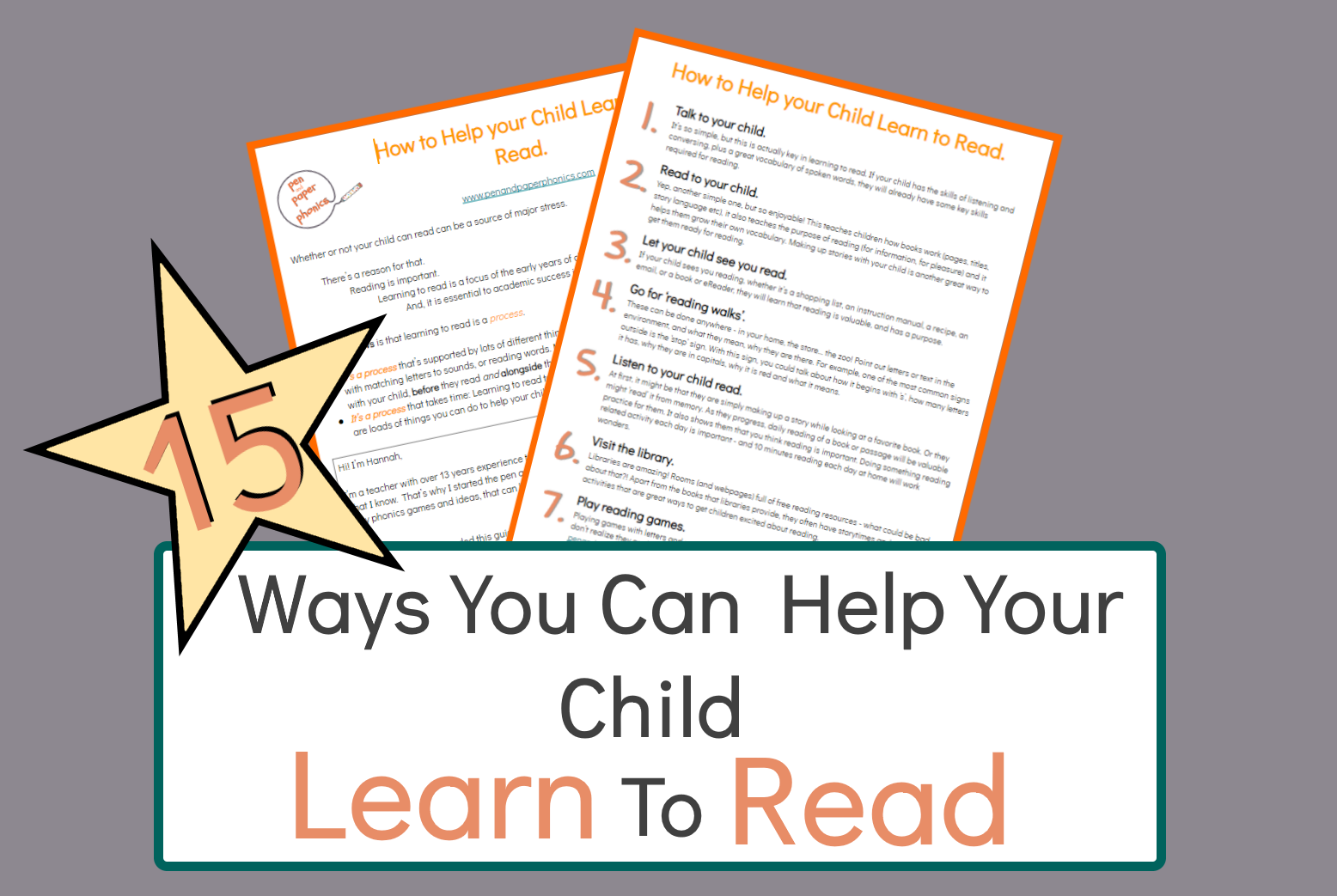
B and D reversals are really common when children first start to learn the alphabet. They can struggle to read and write these letters correctly.
This activity is a great way to practice the difference.
It gives a memory hook to help children remember the difference. And then provides practice in reading and writing the letters by themselves, and in words.
note: to help distinguish between letter names and sounds, when you see ‘b’ or ‘d’, read the letter name. When you see /b/ or /d/ read the letter sound.
‘B’ and ‘D’ Background Information
(Or, jump straight to the activity)
Why are ‘b’ and ‘d’ reversals a common problem? Well, up until the point where children start learning letters, life has taught them that when an object changes position (for example, is flipped over) it stays the same. The name does not change and it’s overall shape does not change.
However, when children start learning letters, this is not the case. ‘b’ and ‘d’ are the same shape, but, when they are flipped over, the name changes. It has become something different.
For this reason, confusion between other similar letters is common – for example, ‘u’ and ‘n’, and ‘p’ and ‘q’.
Often, as children get more familiar with reading and writing, the confusion often clears up. However, it is worth noting that children with dyslexia will often struggle repeatedly with this. Activities like this one will definitely help, but extra and ongoing support, such as having a prompt card when reading and writing will help. And that’s perfectly okay. Children with dyslexia will learn the difference, it may just take longer.

‘B’ and ‘D’ Activity – The Basic Idea
This is a quick letter formation activity, using rainbow writing. This is where the letter is written many times in different colors, with the result that the letter looks like a rainbow. In this activity, children are going over the formation of b and d, and using a memory hook – bright and dark colors – to help.
If you would like help to know if this would be a good activity for your child or group, click here for more information.
What You Need:

- ‘b’ and ‘d’ written on paper (or the printable from the resources section)*
- ‘b’ and ‘d’ flashcards*
- Bright color pens, for example highlighters
- Dark color pens, for example blacks, browns, dark blues
- Words containing ‘b’ and ‘d’, on flashcards

*In the resources section of this post, there are free printable sheets to use (although writing the b and d on paper works just as well), and word lists and flashcards to print and use.
How to Play


- First, look at the ‘b’ flashcard. Use the picture to help identify the sound if needed.
- Using the ‘b’ printable, or a piece of paper with ‘b’ on it, get your child to trace around the ‘b’, using their finger and saying ‘b says /b/’ as they trace.
- Look at the bright colors – say ‘/b/, /b/, bright’. Look at how bright begins with the /b/ sound.
- Using the bright colors, ‘rainbow write’ over the ‘b’. This means trace in one color, then the next, then the next, until you have a colorful, bright ‘b’.
- I always put a red dot at the point where the letter formation starts. This is another helpful hook, because ‘b’ and ‘d’ are formed differently, and this can help to tell them apart.
- Look at the letter and say again ‘/b/, /b/, bright’.
- Using a clean sheet of paper, ask your child to write the ‘b’ again in rainbow writing, without the guide.

- Next get the words on flashcards that contain ‘b’. Ask your child to find the ‘b’ and highlight it in a bright color, then read the word. Repeat with all the words.
- If you want to extend the activity, say the word and ask your child to find it or write it.


- For ‘d’, repeat as with ‘b’ but using dark colors.
- Say ‘/d/, /d/, dark’.
- After completing both ‘b’ and ‘d’, you could use the flashcards that use both b and d in them, such as bed, bad, bud, bid,
- Note that the ‘d’ flashcard in the resources has a ‘tail’- I think this adds an extra cue to what the letter is. Not all fonts a child reads will have the tail, so you might prefer not to add it.

To Note
The sequence of how to do this activity is quite long. Sometimes it is good to break it up into more than one session. For example, do the rainbow writing in one session, and then later in the day or week, do the words.

How to Adapt

A great way to adapt this activity is to use different letters. For example, ‘u’ and ‘n’ are often confused, as well as ‘p’ and ‘q’. The words bright and dark don’t fit with these letters, so just use all the colors of the rainbow to practice the formation.

You could also find words with ‘b’ and ‘d’ in them within a story book. This example is from ‘Jasper’s Beanstalk’ by Nick Butterworth and Mick Inkpen.

This is a good activity to take outside. Chalk ‘b’ and ‘d’ on the ground, and step out the formation of the letters, while saying the sound.

Resources
Printable Resources for B and D Reversal Activity
I’ve created a Resource Pack, full of flashcards, words, sentences and stories to help with reversals. Click here to buy this resource in my TpT Store.
Related Content
These are lots of phonics activities on this site. The ones below are also based on letter recognition and have adaptations for ‘b’ and ‘d’
There are so many great ideas for helping b and d confusion. Check out my pinterest board for more ideas.
There is a lot of information to help you decide if you should be concerned about your child’s letter reversals. This developmental approach is a great place to start.
Is this ‘b’ and ‘d’ activity right for my child?
Sometimes, it can be difficult to know if an activity will be helpful for your child or student. For this activity, the questions below might help:
- Is your child learning to recognize the alphabet?
- Do they know most of the letters consistently correctly?
- Can they read some simple, regular three letter words correctly?
- When reading, or writing, do they mix up similar looking letters such as ‘b’ and ‘d’?
- When reading regular words that contain ‘b’ and ‘d’, do they sometimes stumble or hesitate over these words?
If the answer is ‘yes’ to these questions, then this activity will be a great way to practice reading ‘b’ and ‘d’ correctly.






